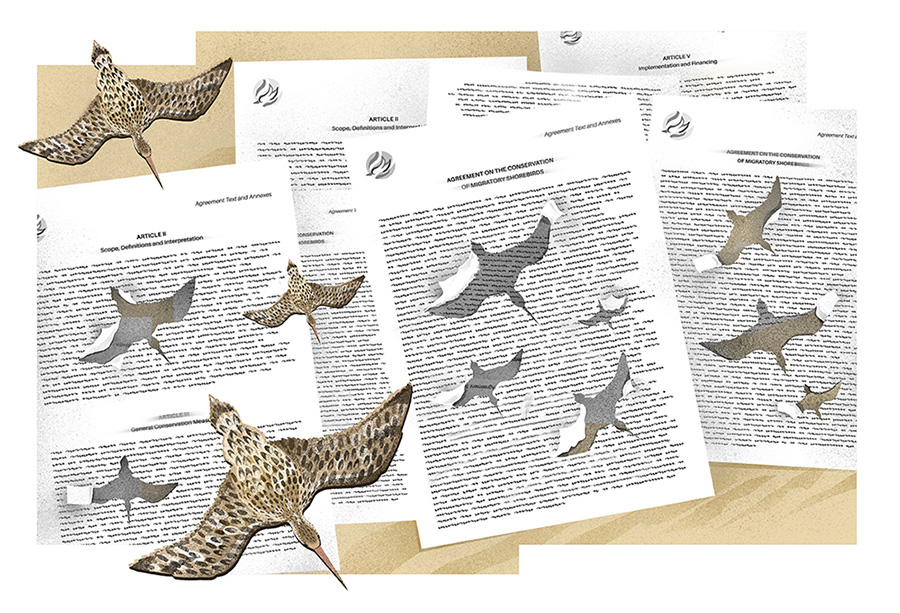The six articles in this special section try to humanise the problem of the environment in Madagascar. By ‘humanise’ I mean that they consider Malagasy people as much a part of the solution as the problem of Madagascar’s environmental crisis. Rather than point fingers of blame at Malagasy peasants, pastoralists, and peripatetics, and leave it at that, the authors strive to interrogate how nature and culture, resources and economies, discourses and politics intersect and impact each other.
The special section offers readers a wide geographical sampling of social-environmental studies from this large African island, the fourth largest in the world. Kaufmann and Tsirahamba introduce readers to forest-pastures in the southwest’s spiny forest and clarify deforestation pressures from immigrant farmers in one case and forestation practices among pastoralists in another case. Lilette gives readers a comparative study wherein environmental heritage activities have had different successes in marine biodiversity conservation along the southwest coast. Hume excavates the multiple perspectives, at various human scales, toward swidden cultivation practices in eastern rainforests. Sandy provides a social-environmental guide map along varying scales of human impacts on the dry deciduous forest of western Madagascar.
Together, the articles demonstrate the benefits of social-environmental studies that delve into local Malagasy environmental attitudes and their practices on the land, and then weigh how outside pressures affect the empirical social-environmental relationships.
Originally published as:
Kaufmann J.C. 2006. Introduction: The Sad Opaqueness of the Environmental Crisis in Madagascar. Conservation and Society 4(2): 179–193.





